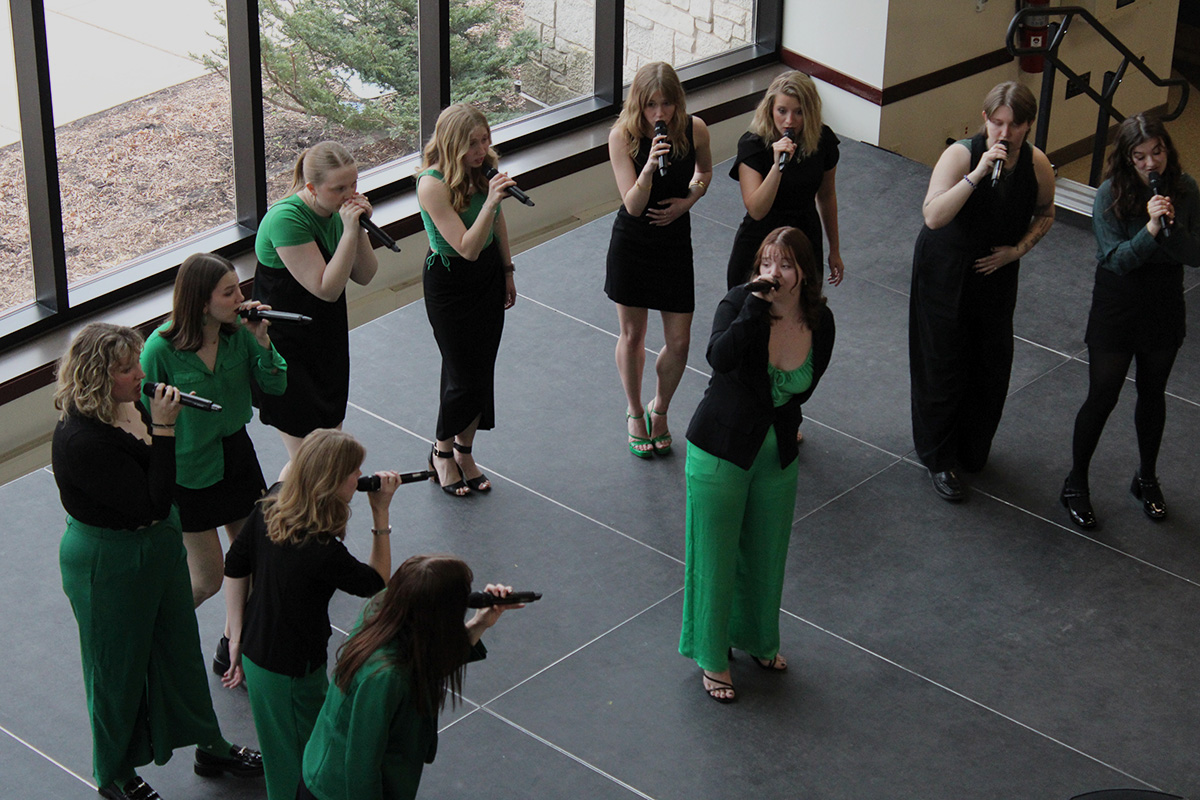Anyone looking to find evidence that the sophomore slump exists need look no further than Richard Kelly’s second film, “Southland Tales.”
It took Kelly five years before he finally made a follow up to his near-flawless cult classic “Donnie Darko.” One would assume that with the ample time he had between the two projects, he would manage to put forth a better effort. But “Southland Tales” fails miserably on many accounts and unfortunately points to the fact that Kelly may have used up all of his talent in his first film and has nothing left to offer.
The movie starts out much better than it actually ends up being. It sets up an interesting premise, almost showing signs that the film will be paying homage to conspiracy films like “The Manchurian Candidate.” Set in futuristic Los Angeles, Dwayne “The Rock” Johnson plays an action-movie star who is battling amnesia after waking up in a desert, not knowing how he got there.
At this point, the film already established that it has a firm grasp on a stable plot and shows signs of a perfect sense of humor. But suddenly the movie takes a turn for the worse and begins to entangle character after character into something that makes movies like “Babel” and “Crash” look mild in terms of how many characters used. The problem is, though, that it never appears as though “Southland Tales” actually has a point.
It is a satire of sorts and makes some commentaries on the direction society is headed. It even alludes to the Book of Revelations. But overshadowing these things is Kelly’s direction, which, after a while, just comes off as pretentious. He seems to do everything he did in “Donnie Darko,” only on a grander scale. It has the same voiceover technique, editing and camera angles, except each is done to a greater extent. The cast of this film has about double the amount of recognizable stars as “Donnie Darko” did, with many of the people never ending up playing a pivotal role in how things end up. And be sure to keep an eye out for images of Frank the rabbit from “Donnie Darko,” as Kelly apparently finds it necessary to insert them in almost every scene that has a wall in it, even though it has nothing to do with the story that unfolds.
The only explanation for Kelly making the film the way he did is because he could. It’s likely that after the success of his first film, studios catered to what he wanted to do and expected that since audiences liked “Donnie Darko,” they would like the similar “Southland Tales.” But they were mistaken. Whereas “Donnie Darko” has characters to identify with, “Southland Tales” just throws a bunch of people onscreen, hoping one of them sticks out. With the congested plot and auteur ways of Kelly, however, it’s nearly impossible to care about what happens to anyone who appears in the film. Perhaps its quality would be improved by a second, third or even fourth viewing. But it barely demands a first one, let alone another.






